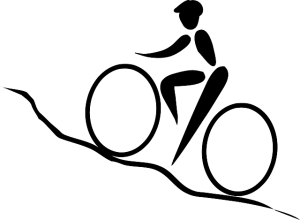 In their quest to improve both stamina and speed, most cyclists will try out a number of training regimes before they find the one that gets the results that they want from the workout.
In their quest to improve both stamina and speed, most cyclists will try out a number of training regimes before they find the one that gets the results that they want from the workout.
Many head to the gym to work with weights in an effort to build their power, however, there are a number of ways that you can train using your bike alone, so that you get all of the cardio benefits in addition to making gains in your cycling technique. One of the key training methods that many modern cyclists espouse is interval training.
What Is Interval Training?
You have probably heard the term interval training before, as the general concept can be applied to many different types of exercise. It is essentially the idea that exercising intensely for short, sharp bursts, with adequate rest periods in between, it is a more efficient way to boost your strength and overall fitness.
The theory can be applied to cycling just as readily as it can to many other types of workout, as there are many different interval training techniques that you can use to improve your speed, cadence and power levels.
What Does Interval Training Do?
Interval training is designed to get you at your peak levels of speed, strength and stamina as quickly as possible by making use of special exercises that focus on a particular area of your riding.
As such, it is always best to conduct interval training on a bike that you feel comfortable on and in optimal conditions for riding. Smooth surfaces are a must, as you will be focusing on maintaining consistency and good form in an effort to improve your overall technique.
And that’s what it comes down to. Interval training forces you outside of your comfort zone for short periods of time, while also calling upon you to maintain the technique that you need to really make gains in your cycling.
What Are The Benefits of Interval Training?
The benefits of interval training are numerous, which is why it has quickly been adopted by many fitness professionals throughout the world, in addition to a lot of cyclists.
Of the many advantages, the below are the four that are likely going to be most appealing to the average cyclist.
Efficiency – Interval training is designed to get you the best results in the shortest amount of time, so you will find that you end up spending a lot less time on your workouts.
Fat Burning – The intense effort required in an interval training program means that you will burn a lot of fat much more quickly than you would with standard riding. You also boost your body’s repair cycle during interval training, which means that you will lose more calories and fat following the completion of the workout than you would after a standard ride.
No Equipment Needed – One of the main sticking points of going to the gym to build power is that you need to use equipment other than your bike. In doing so you aren’t improving your technique and you’re often spending money to get results. Interval training just needs you and your bike to get the job done.
Challenge – No workout is going to keep your attention for long if it doesn’t offer a challenge and, even worse, it will start to lose its effectiveness if you find you can do it easily. Interval training is never anything less than a challenge, especially because intervals can often be scaled up to become harder as your body improves.
So what do you think? Is interval training for you?
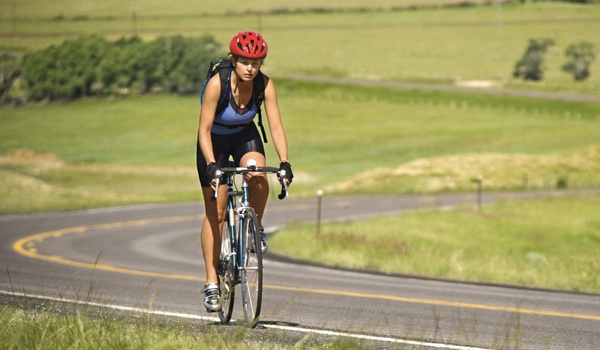 Functional threshold power is the maximum power that you are able to sustain over a one hour period.
Functional threshold power is the maximum power that you are able to sustain over a one hour period.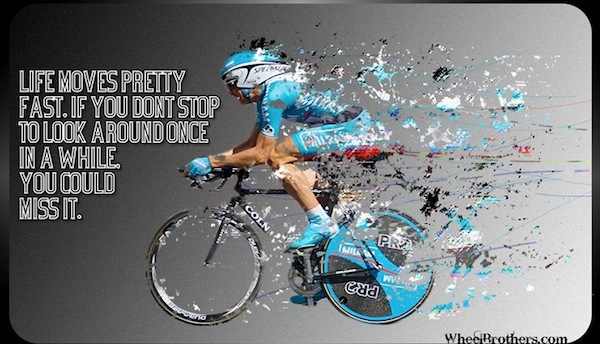 Whether you’re a road cyclist or a triathlete all of us have one common goal…RIDE FASTER! Perhaps you’re putting in the time, yet aren’t seeing the desired results. It’s possible you’re not doing the right training that will translate to increased mph. However, by following the five tips below you’ll increase your speed and work towards that PR you’ve been chasing.
Whether you’re a road cyclist or a triathlete all of us have one common goal…RIDE FASTER! Perhaps you’re putting in the time, yet aren’t seeing the desired results. It’s possible you’re not doing the right training that will translate to increased mph. However, by following the five tips below you’ll increase your speed and work towards that PR you’ve been chasing.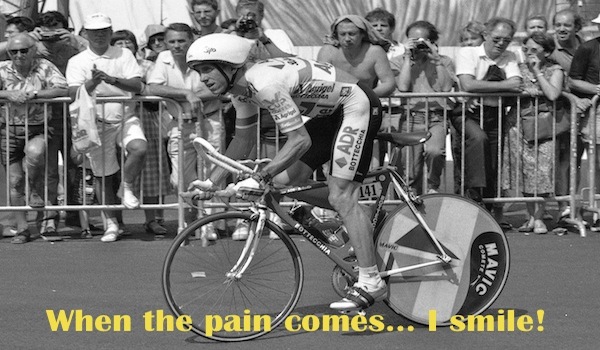 Day in and day out we ride, thinking which workouts will serve to increase the endurance of our bodies. However, we tend to neglect the one body part that serves as our center of command…our brains. We need to think of this part as a “muscle” as well, in which we exercise it, push it to its threshold, just to increase it’s endurance in the next workout.
Day in and day out we ride, thinking which workouts will serve to increase the endurance of our bodies. However, we tend to neglect the one body part that serves as our center of command…our brains. We need to think of this part as a “muscle” as well, in which we exercise it, push it to its threshold, just to increase it’s endurance in the next workout.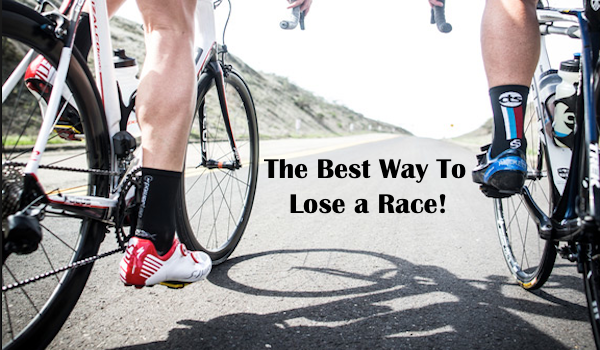 We have all been there, months of training and planning mounting to this one race and we destroy it with in the first minute.
We have all been there, months of training and planning mounting to this one race and we destroy it with in the first minute.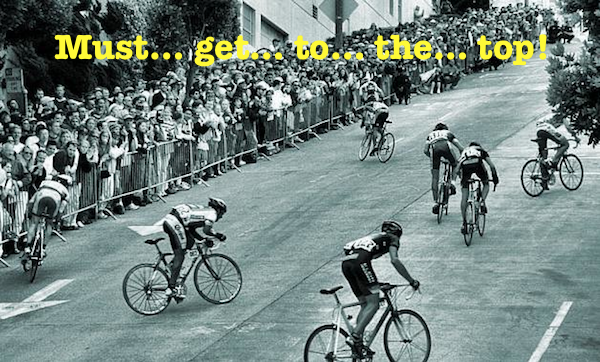 Climbing a Steep hill is a gut busting experience, but with some of these tips hopefully it wont be as painful or dreaded as it previously was.
Climbing a Steep hill is a gut busting experience, but with some of these tips hopefully it wont be as painful or dreaded as it previously was. So you want to tackle cycling 100 miles (also known as a century)!
So you want to tackle cycling 100 miles (also known as a century)! 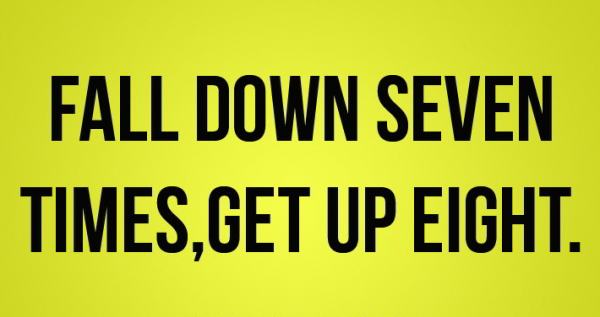 There’s something about making the switch to clipless pedals that seems to signal to the world that you’ve made the jump from casual biker to biking enthusiast. But is the expense worth it? Are clipless pedals really necessary in order to take your cycling experience to the next level?
There’s something about making the switch to clipless pedals that seems to signal to the world that you’ve made the jump from casual biker to biking enthusiast. But is the expense worth it? Are clipless pedals really necessary in order to take your cycling experience to the next level? 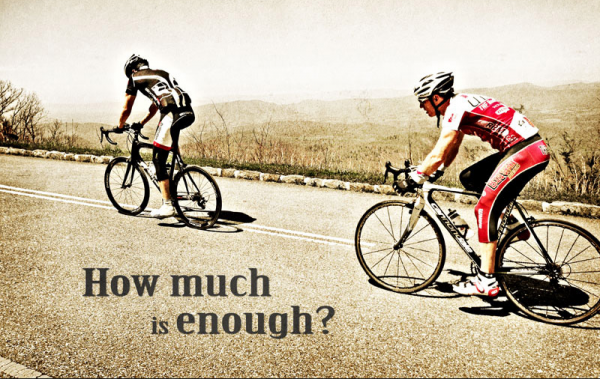 A number of athletes turn to interval training in order to improve their performance. Interval training involves periods of high-intensity riding that alternate with low-intensity rest periods. The purpose of interval workouts is to improve a cyclist’s speed/
A number of athletes turn to interval training in order to improve their performance. Interval training involves periods of high-intensity riding that alternate with low-intensity rest periods. The purpose of interval workouts is to improve a cyclist’s speed/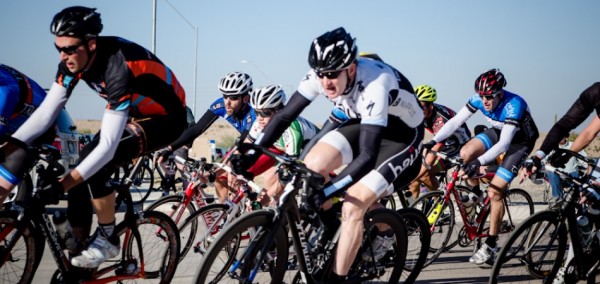 If you are looking for something a little different to add to your bike racing calendar, or you just want a fun way to improve your bike handling skills, consider signing up for a criterium race. Criteriums are personally my favorite race to ride in, and everyone I know who has come to watch one has loved the whole event. What’s not to like?
If you are looking for something a little different to add to your bike racing calendar, or you just want a fun way to improve your bike handling skills, consider signing up for a criterium race. Criteriums are personally my favorite race to ride in, and everyone I know who has come to watch one has loved the whole event. What’s not to like?